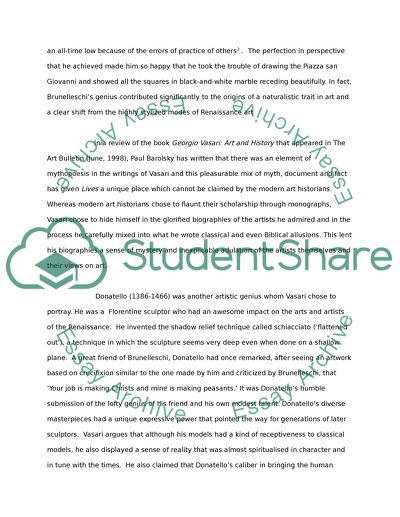Cite this document
(“How Do Artists See Art In Vasari's Biographies Essay”, n.d.)
How Do Artists See Art In Vasari's Biographies Essay. Retrieved from https://studentshare.org/miscellaneous/1532345-how-do-artists-see-art-in-vasaris-biographies
How Do Artists See Art In Vasari's Biographies Essay. Retrieved from https://studentshare.org/miscellaneous/1532345-how-do-artists-see-art-in-vasaris-biographies
(How Do Artists See Art In Vasari'S Biographies Essay)
How Do Artists See Art In Vasari'S Biographies Essay. https://studentshare.org/miscellaneous/1532345-how-do-artists-see-art-in-vasaris-biographies.
How Do Artists See Art In Vasari'S Biographies Essay. https://studentshare.org/miscellaneous/1532345-how-do-artists-see-art-in-vasaris-biographies.
“How Do Artists See Art In Vasari'S Biographies Essay”, n.d. https://studentshare.org/miscellaneous/1532345-how-do-artists-see-art-in-vasaris-biographies.


